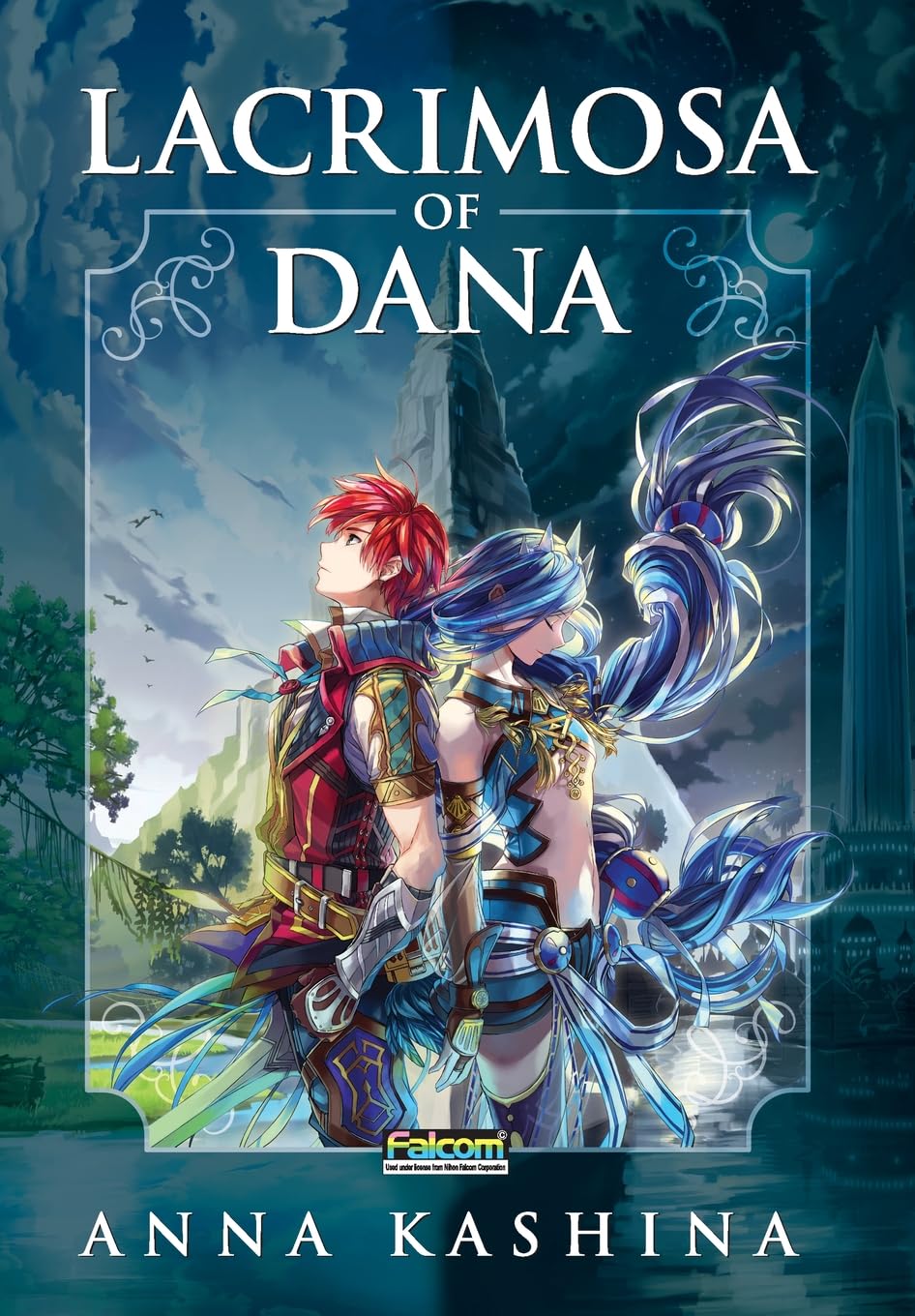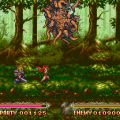- Ys Book I & II
- Ys III: Wanderers from Ys
- Ys IV: Dawn of Ys / Mask of the Sun
- Ys V: Ushinawareta Suna no Miyako Kefin
- Ys VI: The Ark of Napishtim
- Ys: The Oath in Felghana
- Ys Origin
- Ys Seven
- Ys: Memories of Celceta
- Ys VIII: Lacrimosa of Dana
- Lacrimosa of Dana (Novel)
- Ys IX: Monstrum Nox
- Ys X: Nordics
- Ys Strategy
- Ys: The Call of Solum
- Ys Online: Ark of Napishtim
- Ys vs. Trails in the Sky: Alternative Saga
- Ys (Anime)
Novels based on video games are fairly common in Japan, though rarely released in English. Even more unusually, Lacrimosa of Dana is not a localization of a Japanese book, but rather than originally written novelization by American fantasy writer Anna Kashina, and licensed by Falcom.
The story follows all of the major and minor plot beats of the game, beginning with the passenger ship Lombardia and its crash on the mysterious island of Seiren. Here, adventurer Adol Christin and his buddy Dogi begin a search party to find all of the shipwrecked survivors, eventually assembling a small community. Him and a few other adventurers take to exploring the island, fighting its prehistoric creatures and figuring out names for assorted landmarks. All the while, he has visions of the island’s distant past featuring a girl named Dana, who eventually time travels to meet up with Adol and crew, and helps unwrap the island’s mysteries.
The most obvious change for the novel is that Adol now talks, as while a silent protagonist makes sense for a video game RPG, it doesn’t really work in a novel. The author does a great job of filling in his heroic personality, giving some presence to someone who has typically been just a player avatar. Lacrimosa of Dana has a fairly large secondary and tertiary cast too, more than most of the previous Ys games, who have been fleshed out with expanded dialogue. This is the novel’s greatest strength, and it results in a pretty meaty story, converting a roughly 30 hour game experience into a 450 page paperback.
The only real flaws are the ones carried forward from the original game’s story, and Kashina does her best to ameliorate them. There’s a subplot regarding a serial killer that’s so undercooked that it feels pointless, and only remains tolerable because even the book doesn’t spend much time dwelling on it. An early, rather embarrassing scene from the game where Adol accidentally spies on fellow castaway Laxia is now viewed from Laxia’s perspective rather than Adol’s, which feels a little less cringe.
Much like the games in the Ys series, Lacrimosa of Dana is a standalone story largely disconnected from the other games in the series. There are some minor references to places established in previous games, but it’s nothing that can’t be inferred from context. Perhaps that’s why the “Ys VIII” designation is missing from the book title, to help guide non-game players towards the series. It’s a strong adaptation that can either be read standalone or as a fond revisitation for those who’ve already played it.
Links:
Amazon (affiliate link)












